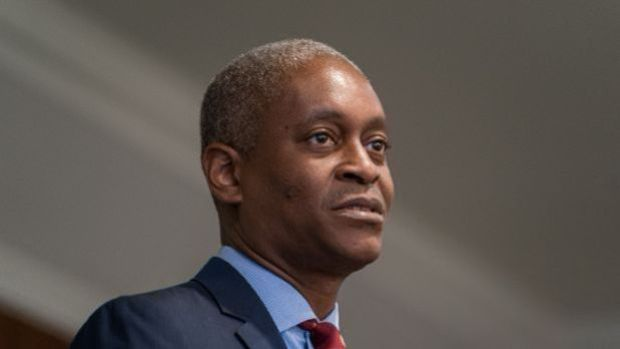Fed/ Bostic: Lowering inflation still the Fed's main mission
Atlanta Fed President Raphael Bostic said controlling inflation remains the Fed’s primary mission. Atlanta Fed President Raphael Bostic said getting inflation back to the central bank’s 2% target was his top priority. “When it comes to inflation, that’s job one right now,” Bostic said on Thursday. “Monetary policy can help create broad conditions conducive to sustaining economic expansions,” Bostic said. “That’s where our policy can contribute to better labor market outcomes for those who are often on the margins of the economy and at the short end of wealth inequality,” he said. Fed officials, who have raised interest rates by more than 5 percentage points since March 2022, signaled they are leaning toward holding policy steady next month after a recent rise in bond yields tightened financial conditions. Fed Chair Jerome Powell said at a separate event on Thursday that policymakers are “proceeding with caution.” Logan: Recent data, higher yields give Fed room Dallas Fed President Lorie Logan said the latest data and higher borrowing costs in the bond market have given the Fed room to consider its next monetary policy move. “We have some time,” Logan said at a meeting of the Money Marketers at New York University before having to decide whether to raise rates again or hold them steady, citing a desired tightening in financial conditions that partly reflects the tightening in monetary policy. Logan acknowledged that progress has been made in reducing inflation, but said he was not confident that price pressures were easing toward the Fed’s 2% target. He said the still-strong labor market may need to weaken further to help the Fed meet its inflation targets. “My focus is on price stability and whether we need to tighten more to do our job,” Logan said. He also noted that it’s possible that markets have eased some pressure on monetary policy as they try to figure out how much of the rise in yields is markets adjusting to a stronger economic outlook or whether they’re adjusting to a greater need to pay for risk. If tighter financial conditions persist, “that could reduce the need for more increases,” Logan said.


